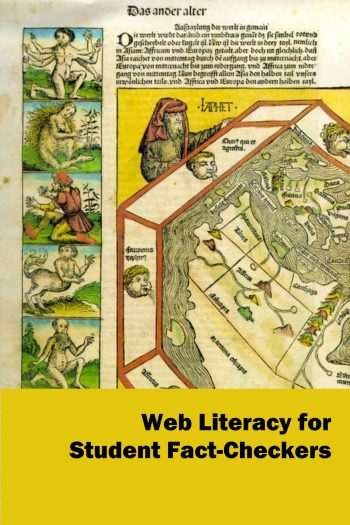Privacy
ChatGPT collects data about its users as they use its system. Currently, OpenAI has not clearly disclosed how they intend to use some of this data, which includes all user-submitted text, that they collect. Additionally, OpenAI and ChatGPT have faced scrutiny in the European Union, which has much stricter privacy laws than the US, leading to a temporary ban in Italy. Users should remain vigilant about the type of information that they input into ChatGPT.
Equity
Currently, ChatGPT is free to use as part of a free research preview. In the future, ChatGPT will become a paid product, as is the case with ChatGPT powered by GPT-4 which purports to address some issues with the currently freely available model. OpenAI has not yet disclosed how much access might cost or whether libraries can license access for their patrons. This raises concerns about equity with regard to how much use of ChatGPT and other generative AI tools will be expected in the future versus who will actually have regular access to use them.
Bias
Generative AI tools, like ChatGPT, are built using large bodies of data, such as text or images, to pretrain its algorithm. The algorithm then generates new content based on the training data. Any biases already present within the training data can then be reproduced in the newly generated content. Without prior knowledge of these biases, users risk recreating and spreading them further, or worse, not challenging them at all.
Ethics
There are some ethical concerns raised by using generative AI tools like AI. For example, Time discovered that OpenAI employed teams of workers in Kenya paid less than $2 an hour to label training data for harmful content which required manual review of text containing graphic descriptions of violence and various forms of abuse. Workers described this process as "torture." Additionally, training and running these large language models consumes massive amounts of energy and generates tons in carbon emissions. These issues raise concerns about whether the benefits of these tools are worth the human and environmental costs, particularly in a time where the tech companies behind them are racing to develop bigger and "better" models.

